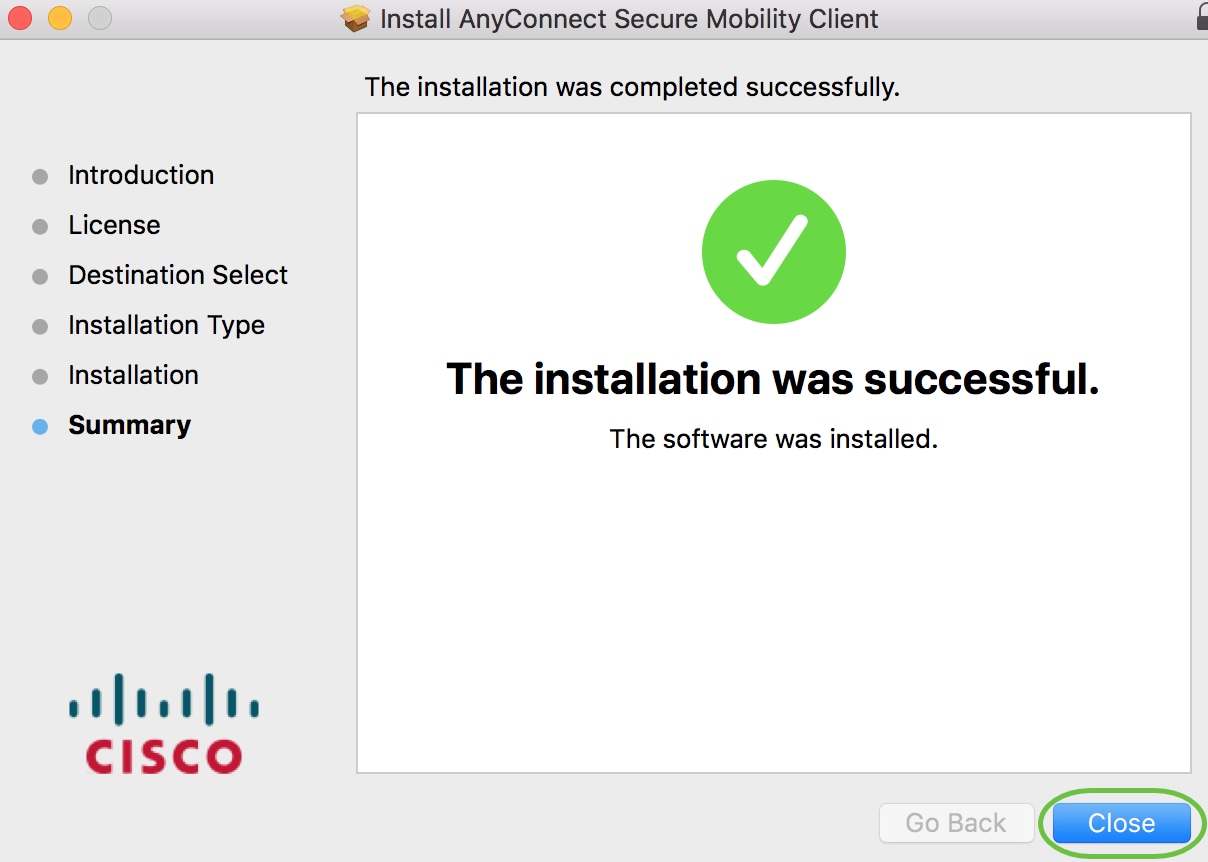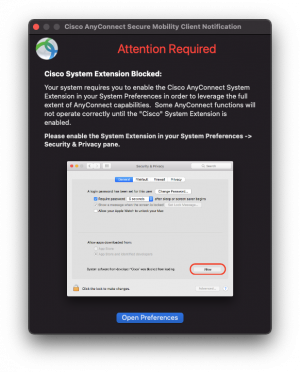- Cisco Anyconnect Macos Big Sur Attention Required
- Cisco Anyconnect 4 9 X64 Free Download
- Cisco Anyconnect Big Sur Download
Since installation of Big Sur beta, my Cisco Anyconnect VPN fails to load on initialization. I uninstalled the VPN and re-installed, but still having the same issue. With remote working environment, I must go through the VPN on certain internal work applications, such as MS Outlook. Catalina and Big Sur issue with VPN So after the Catalina 19H15 update users are no longer able to use cisco anyconnect vpn which is on the 4.9 version. They were able to do this the day before but now non can.
Big Sur is here and there is a lot of changes under the hood. One of them is the switch from Kernel Extensions to System Extensions. It has been a while since the Kernel Extensions are deprecated but now, time is over, they are not supported anymore.
Cisco Anyconnect Macos Big Sur Attention Required
So as a Jamf admin, you’ll have to do some changes if you have already allowed some kernel extensions, for example for an antivirus or VPN.

Let’s see how we can allow these system extensions, and avoid popups like this to your users. Usb yosemite bootable.
Here we have a Configuration Profile, used to allow Cisco Anyconnect VPN on a macOS 10.15
As you can see, I’ve just provided the Team ID and it was good. But with Big Sur, it’s not enough. You’ll have to give the exact name of each System Extension. Here is the macOS 11 version of the same CP :
As you can see, I had to provide the full name of the allowed System Extension. But how do we find it ?
You can use this spreadsheet, filled by the community. But, as everyone can edit, you can’t be sure the data are accurate. And as you should not have to do it more than one or two times a year, I recommend to use the manual way.
First, on a test Mac, install the software and approve manually the System Extension. Then open a terminal and type
Cisco Anyconnect 4 9 X64 Free Download
Here we have the name of our System Extension that you’ve allowed before. You can now fill your Configuration Profile with the informations needed. Be careful to choose System Extension and not Approved Kernel Extensions.
Cisco AnyConnect VPN Installation for Mac OS X
Download and open one of the following, depending on your operating system:
Installation and Setup Instructions for Mac OS X:


Cisco Anyconnect Big Sur Download
Step 1:
Download the software and open with default DiskImageMounter. 2n5457 pinout.
Step 3:
Continue through the installation screens, agreeing to the conditions stated.
Step 4:
Uncheck any applications you do not want to install. VPN is the only necessary one.
Step 5:
Proceed with installation and verify your Touch ID or password when needed.
Step 6:

When installation is complete, click Close and then Move to Trash to unmount the installer.
Step 7:
When you are ready to begin a VPN session, locate the application to run it. Apple home mac.
Step 8:
Enter 'vpn.olemiss.edu' and click Connect. You will be asked for your WebID credentials. If you have 2-factor authentication setup, you'll need to respond to that also,

Step 9:
The first time you run the VPN application, you may need to enter the computer's password to allow it to use your keychain.
Step 10:
The AnyConnect icon in your status menu will reflect your VPN connection status. To end your VPN session, click the icon and select Disconnect.
